- No products in the cart.
Popis
Etching, 1945, 19,3 x 15,3 cm, size 45 x 40 cm including frame
1945, etching,19,3 x 15,3 cm, size 45 x 40 cm including frame
From the collection of poems by František Halas Torso of Hope, published by Svatopluk Klír, edition Zodiak, Prague, February 1946 with 480 copies. Inventory Berka 147
Provenance: auction house Prague.
The all-time high price for oil by Emil Filla in Czech auctions – 19,5 million CZK, Adolf Loos Apartment and Gallery, Prague, 2010
The all-time high price for oil by Emil Filla in the world auctions – 588 thousand €, Sotheby’s, 2011
The graphic of the struggle of a horse with a lion is significant for Filla´s theme of struggle. The horse and the lion have different meanings in the mythology, the horse is most often the personification of an energy and peaceableness, the lion, on the other hand, is the personification of strength and power. The print is placed next to the poem All Souls´ Day, 1938 and gives the impression of hopelessness: the horse has already given up on the fight with a fierce predator and literally is at the end of his life – there is no hope anymore. The speciality of this print is the combination of etching and aquatint, which gives the drawing line the depth, creates continuous areas and gives the impression of a painting.
This collection came to existence already in the year 1939 as the reaction of the poet to the Munich Agreement and the occupation of Czechoslovakia. Halas expressed through his rhymes his deep disillusionment – the poems literally scream theatrical words like betrayal, shame, nothingness and downfall. Only a pitiful torso is left from hope, but still there is some. Painter Emil Fill also reacted to the verses in the same theatrical way. He himself had just gone through the most oppressive period of his life – he had been imprisoned in the concentration camp Buchenwald and he had experienced all the horrors of Nazism personally. Already during the 1930s, he occupied himself in his work with the topic of animal fights, which were the metaphors of historical war conflicts, but also personal creative and mental fights. Filla recorded in his diary that his mission is to achieve the individualistic expression, the manifestation of which is the Barbaric nakedness. During the six years long imprisonment, his book “About Freedom” came to existence. Nevertheless, he was not free of the “Buchenwald monsters” even after the war, when the communistic regime that came to power was persecuting him for the cubistic artwork. Also, he was persecuted during the World War I after his escape to Holland, where he was blamed for espionage. In Filla´s diaries, the reflections on the meaning of sacrifice, betrayal and redemption often appear. Therefore, there was no better choice but to invite to the illustrations of the poems Filla himself. The painter, during his life created a large archive of various materials, mostly the photographs of fine-art since the ancient times. In his collection, there were many historical pictures of animal fights including Picasso´s drawings – the illustrations of Metamorphoses by Ovid, but also, for example, the photographs of Romanesque reliefs depicting the fight of the archangel with the dragon, and the number of pictures of fights between the bull and the horse.The topic of fights was very personal to him, therefore he focused on it even in his private collections of photographs, from which he drew the inspiration.
The unique original print of the first issue of the collection of poems of the leftist poet František Halas was published by the publisher Svatopluk Klír in 70 copies for sale and 10 copies were not meant for sale, after the World War II. The book is printed on a special handmade paper and all the copies were signed both by Halas and the renowned painter Emil Fill themselves. Filla illustrated the collection by six etchings and gave them his label. The etchings were printed by Mirro Pegrassi.
Emil Filla was the great pioneer of the Czech cubism already during his study at the Academy, where, at the beginning of the 20th century, totally conservative schooling prevailed. Therefore, Filla had not even completed his studies and started to examine, in a diligent, even art-historian way, the theory and practice of the fast-developing painting art on the West. He sensed the new era of the modern art and he started his own journey to freedom of the expression in painting and he became literally the star of the new Czech art of the 20th century.
“Filla … is a beautiful example of the seeker for innovative ways, the pioneer yesterday, a mature fine-artist and the creator of a certain typical view on life and the world today.” F.X.Šalda wrote about him and one hundred years later we can only agree with him.
Always, when Filla´s work appears in the auction, the records in the price for sold picture grow up. However, Filla´s artwork is valued not only in the Czech Republic, but there is a great interest in it also in the world auctions. The graphics from Torso of Hope appear in the auction houses individually, but the prints from the original issue of the small number of copies are an absolute rarity.
Další informace
| Autor | |
|---|---|
| Období | |
| Místo vzniku | |
| Rok vzniku | |
| Kategorie | |
| Technika | |
| Téma | |
| Signováno | |
| Rozměr díla | 45 x 40 cm, ⤢ 60.2 cm |
| Rozměr kresby díla | 19.3 x 15.3 cm |
Pro přidávání recenzí se musíte nejdříve přihlásit.

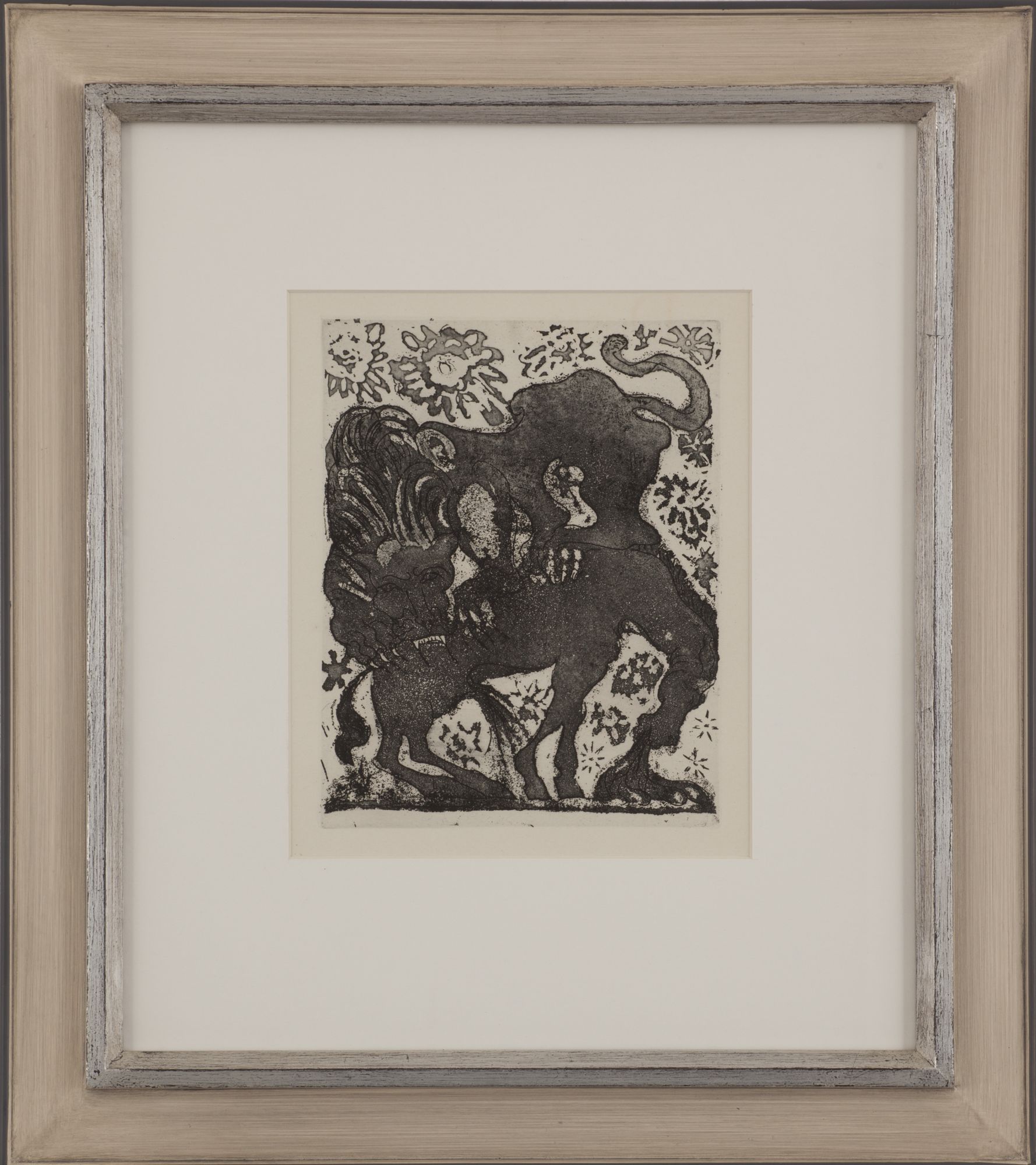
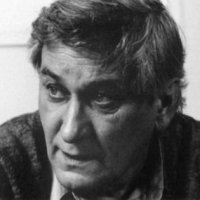
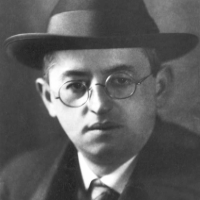
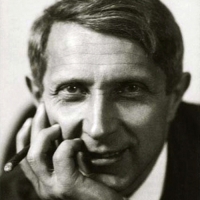
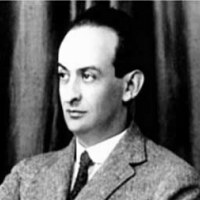


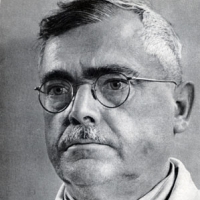
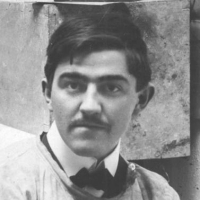
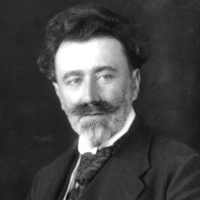
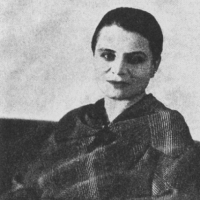
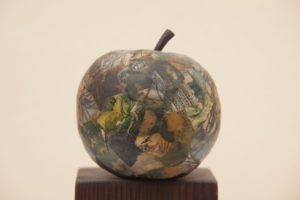
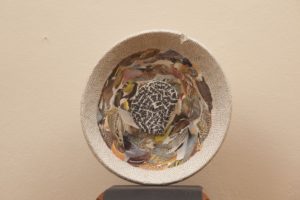





Recenze
Zatím zde nejsou žádné recenze.